By Arnold Blumberg
The Russo-Polish War of 1919-1920 was the most portentous event facing post-Versailles Europe. It was not just the continuation of a centuries-long contest between Russia and Poland to determine which would dominate eastern Europe, but a struggle involving a new ideology—communism—which the Bolshevik regime in Moscow had to spread throughout the Continent to survive.
Key to the communists’ success was installing Marxist regimes in the nations of the industrial West, most notably Germany. To accomplish this, they first had to dominate the revived Polish state and its armed forces to eliminate the bridge between Germany and the rest of Europe. According to Vladimir Lenin, head of the Soviet state, “In destroying the Polish army we [Russia] were really destroying the Versailles Treaty, upon which the entire structure of present international relations rests.” Transforming Poland into a Soviet vassal would radically alter post-World War I Europe and threaten the very existence of Western civilization.
The Birth of Polish Military Intelligence
Taking advantage of the power vacuum created by the defeat of Germany and the earlier withdrawal of Russia from the war in December 1917, Poles declared an independent nation in November 1918. To secure the nascent country’s future, a national army was created. The new army was built upon the foundations of two previously established Polish military forces—the Polish Military Organization, and the Polish Legions. Both were nominally under the authority of the Austro-Hungarian Empire but in reality were controlled by Polish officers such as Jozef Pilsudski.
The Polish Military Organization, founded in 1914, consisted of a number of paramilitary units whose prime purposes were intelligence gathering and sabotage activities targeting Czarist Russia and later Germany. By 1918, the PMO had grown from a few hundred members at its inception to more than 30,000 members. Many PMO stalwarts were also soldiers in the Polish Legions. The Polish Legions were regular army units recruited by the Austro-Hungarian government during the first two years of World War I. In November 1916, the Legions, renamed the Polish Auxiliary Corps and numbering over 25,000 soldiers, were attached to the German Army. Both the PMO and the Legions, although fighting for the Central Powers, were committed to an independent Poland at the conclusion of the war, regardless of who the victor turned out to be.
To oversee the nation’s military, the General Staff of the Polish Armed Forces was formed in early 1919. It reflected the influence of the French Military Mission (including Captain Charles de Gaulle, future president of France), which had been sent to Poland in late 1918 to aid the Poles against the rising menace of revolutionary Russia and any new threat by postwar Germany. Following the French model, the Polish General Staff was organized into four sections: Organization and Mobilization, Intelligence and Counter-Intelligence, Training and Operations, and Quartermaster. Members of the French Military Mission were assigned to each section as instructors and advisers.
The Cipher Section
The struggle between Red Russia and White Poland became inevitable in January 1919 after the Red Army seized Byelorussia and Lithuania, areas granted to Poland after World War I. Russia considered Poland merely a province in a state of counterrevolution, to be brought back to the fold as soon as possible. For its part, Poland, in the person of Marshal Pilsudski, intended to form a confederation with the Ukraine and the Baltic states of Lithuania, Latvia, and Estonia, a design that Russia would never allow. The Poles launched a military operation in February that gave them control of Lithuania; by summer’s end, they had retaken Byelorussia. For the rest of the year, the warring parties participated in futile peace negotiations. Both knew that 1920 would be decisive.
As the fighting flared and abated during 1919, the Cipher Section of the Polish Army was put together by Lieutenant Jozef S. Stanslicki. The section set up shop in a small room in the Saxon Palace that also served as the headquarters for the General Staff. Soon the unit was renamed the Cipher Office and placed under the supervision of the General Staff. The Cipher Office was tasked with the responsibility of securing Polish military and government communications and breaking the ciphers and codes in Russian and German messages. The second part of the Cipher Office mandate was soon accomplished by Lieutenant Jan Kowalewski whose expertise in the Russian language allowed him to decrypt the codes employed by the Soviets. As a follow-up to his success, Kowalewski set up a radio intercept and deciphering unit within the Cipher Office in August 1919.
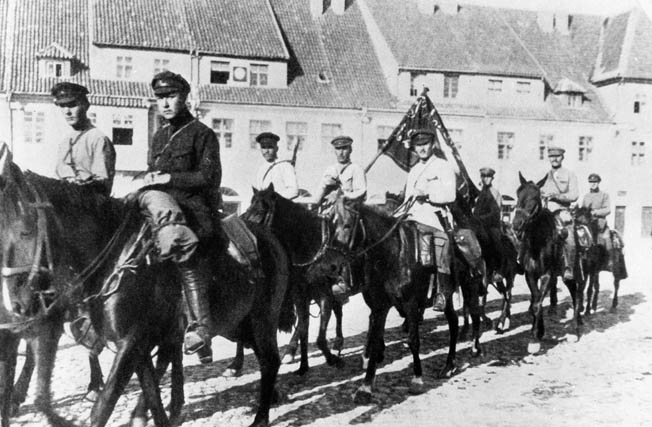
The lieutenant, himself a gifted technology institute graduate, made sure that only the most capable people filled the ranks of the cryptology department. Brilliant mathematicians such as Stefan Mazurkiewicz, Waclaw Sierpinski, and Stanislaw Lesniewski were among those brought on board. Mazurkiewicz worked in mathematical analysis, topology, and probability. He was instrumental in breaking the most commonly employed Russian military codes. Sierpinski, a former mentor of Mazurkiewicz at the University of Warsaw, began the study of analytic sets. Lesniewski, another University of Warsaw faculty member, whose field of study was formal logic, also contributed to the cracking of Red Army codes during the Russo-Polish War.
Decrypting the Red Army “Agitator” Code
The Cipher Office spent much of its time supporting Polish field tactical signals and intelligence units that monitored enemy wireless telegraphy traffic and located opposing transmitters by direction-finding methods. Beginning in July 1919, the Cipher Office set up nine monitor stations to listen to Russian radio messages. Within a short time, they were able to identify enemy call signs, vector in on different frequencies, and even identify the Russian senders. Reports were forwarded to Warsaw every two weeks. A spectacular result of this system occurred in November 1919 when the diligent efforts of Kowalewski and his team broke the Red Army “Agitator” code used to communicate with all army units on active duty.
Cipher Office workers were able to decrypt low-level Russian intercepted signals in the surprisingly short time of two to three hours. Those of strategic value were sent to the General Staff at Warsaw immediately for analysis and dissemination. Material of lesser import was forwarded to the Polish military commands most affected. There were problems with the distribution of intelligence since the volume of intercepts was enormous. The Poles never were able to create a secure and reliable means of sending them to frontline units in a timely manner.
Factors Behind the Cipher Office’s Success
Cipher Office personnel were able to perform their job as well as they did for a number of reasons. To begin with, many of them previously served in the late Russian Imperial Army, were fluent in the languages of the states in which they once served, and knew of the procedures followed by Russian radio operators. This knowledge was combined with the fact that, during the Russo-Polish War, Soviet Army staffs employed the same signals and security procedures the Czarist military had used during World War I.
Another contributing factor, according to Polish Colonel Mieczyslaw Sciezynski, was that the Russians “had not the slightest hesitation about sending any and all messages of an operational nature by means of radiotelegraphy.” The Russians usually used only one or two code books per wireless station, comprising both the principal “combat” (for high-grade communications) and secondary “official” (low-grade communications) code systems. As a result, the Poles were able to break the codes in short order. Security discipline among Russian radio operators was “disastrously lax,” Sciezynski noted. As a result, even enciphering their messages twice failed to frustrate Polish code breaking.
The success of the Cipher Office in intercepting and decoding Russian wireless traffic during the war did not mean that the enemy was unaware of Polish activities regarding message intercepts. Soviet military intelligence insisted that certain procedures be used to prevent Polish attempts to retrieve and interpret their communications. Among the methods used to confuse the Polish intercept program was super-encipherment. Another was to send out duplicate messages on different frequencies at the same time. The Russians would also send out large numbers of false or outdated commands through the airways simultaneously. Furthermore, they used the Hughes Apparatus, thought at the time to be an uninterceptable landline communications system. But, unlike their Polish radio operator counterparts, Russian expertise in sending and receiving messages by this system fell far short of what was needed to secure their communications from Polish eavesdropping.
The Polish Cipher Office did not rely solely on intercepts of Bolshevik wireless traffic. The Polish General Staff, led by Colonel Tadeusz Shaetzel, lent great support to the Cipher Office and, in return, demanded that all intercepted information be verified through a network of foreign and domestic informants. Almost a century and a half of foreign occupation had created hundreds of thousands of Polish émigrés, many of whom offered their aid to the intelligence services of the new Poland. Many had served in the old czarist armed forces and were able to paint a clear picture of the Red Army’s order of battle, logistics, weapons, tactics, and troop morale as well as the ability of its chief commanders.
The Polish Offensive Repulsed
The year 1920 began with Polish troops taking Latvia by force in January. On April 24, the Poles launched a major assault into the Ukraine. First contacts with the Red Army resulted in smashing victories over a thinly spread and badly surprised enemy. Using information obtained from both conventional battlefield reconnaissance and Cipher Office intercepts of Russian Army headquarters messages, the Poles were able to plan their advances and attacks with the utmost precision and thoroughness. During this period, Polish reconnaissance aircraft, supplied by the French, were able to confirm the accuracy of the Cipher Office’s memos to the field commands prior to and during combat operations.
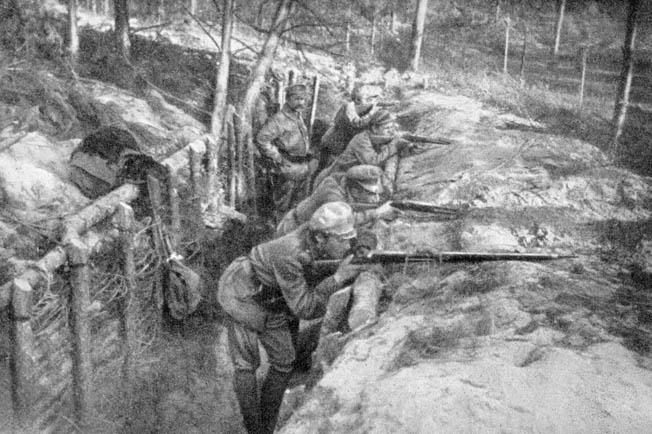
With advances of up to 50 miles per day, the Poles reached Kiev on May 7. Panicky Soviet radio traffic showed how disorganized the Russians were in the Ukraine, convincing Pilsudski to press his advantage and swing north to envelop the Russian Armies north of Kiev. But the Cipher Office had let him down by not accurately reporting the threat to his southern flank represented by the fast-approaching First Red Cavalry Army, 16,000 strong, led by General Semyon M. Budenny. The first clashes between the two forces occurred on May 24, and by June 5 the Poles were in headlong retreat, abandoning Kiev eight days later.
Due to roving Russian cavalry and armored car patrols behind Polish lines, the Cipher Office detachments attached to the various divisions and staffs were forced to move so many times that they became ineffective at intelligence gathering. During the retreat to the west, the unit was able to decipher only 40 of 171 intercepted messages. Reflecting on the development, the Polish chief of staff on the Polish Ukrainian front, Lt. Col. Marian Przewlocki, lamented that much of the intercepted material was outdated before it could be acted upon.
Cracking the “Peewit” Cipher
By mid-summer, the Poles were thrown back to the gates of Warsaw. But as the Red Army reached the outskirts of the city, combat losses and a long supply line diminished their power. As a result, the Poles were able to stabilize the front and prepare a counterattack to save their capital and preserve their existence. The Cipher Office, although never using more than five permanent workers at its headquarters, would play an essential role in the coming contest.
Urged on by the imminent threat of national destruction (and an incentive prize of 500 Polish marks to the person who deciphered the most enemy messages during the week) the Cipher Office redoubled its efforts. The acquisition of the key Russian “Peewit” cipher, captured by the Poles in June, helped the code breakers to pinpoint the enemy’s most important messages and concentrate on them.
During the crucial month of August, the unit decrypted 410 enemy signals, including ones to and from Marshal Mikhail Tukhachevsky, commander of the Western Front; Leon Trotsky, Soviet commissar for war; and all the individual Russian Army commanders facing Poland. The decoded messages allowed the Polish Army to follow with exact precision the enemy forces arrayed against them. By August 20, they possessed the order of battle and the strengths of all the Russian armies on the Western Front, as well as operational orders and objectives laid down by Tukhachevsky.
On August 13, the Cipher Office decoded a message from the Russian Fifteenth Army commander, General Nicolai Solohub, ordering an attack on the Polish capital from the northern suburbs of the city. Armed with this information, the Polish General Staff concentrated its forces in the threatened area and halted the enemy assault, then counterattacked, defeating not only Solohub’s army but also the Russian Third and Fourth Armies supporting him. With the Soviet right wing in retreat, Pilsudksi looked for a way to exploit his initiative. He found it with the expert help of the Cipher Office.
By August 16, Polish radio operators had learned from intercepts the exact positions and strengths of the Russian Mozry Group (57th Infantry Division and support units) south of Warsaw. They also discovered that between its nearest allies to the north was a gap of 25 miles; to its south an 80-mile-wide stretch of unoccupied territory separated it from the Russian 12th and 1st Cavalry Armies. The Poles did not hesitate; on the 16th they plunged into the gaps on both sides of the Mozry Group, and after 10 days of heavy fighting they managed to encircle large portions of the Mozry Group and the 12th and 1st Cavalry Armies, netting 66,000 Russian prisoners. With their line broken, 50,000 Soviets on the Vistula River fled to East Prussia. From there they continued to the east of Minsk, which fell to the Poles in September. A treaty was signed by the parties in Riga, Latvia, on October 25, 1920.
The Polish Cipher Office and the “Miracle on the Vistula”
The “Miracle on the Vistula” kept the Polish nation free for the next 19 years. That outcome was due to the fighting spirit and quality of the Polish Army, but it was made possible in large part by the professionalism and tireless work of the Cipher Office. Such outstanding capability made possible the Poles’ stunning success in discovering the workings of the German armed forces’ top-secret Enigma machine in late 1932. Like its effects on the outcome of the Battle of Warsaw 12 years earlier, the breaking of the Enigma code would provide another miracle weapon to help the Allies destroy another totalitarian regime’s quest for world domination a decade later.
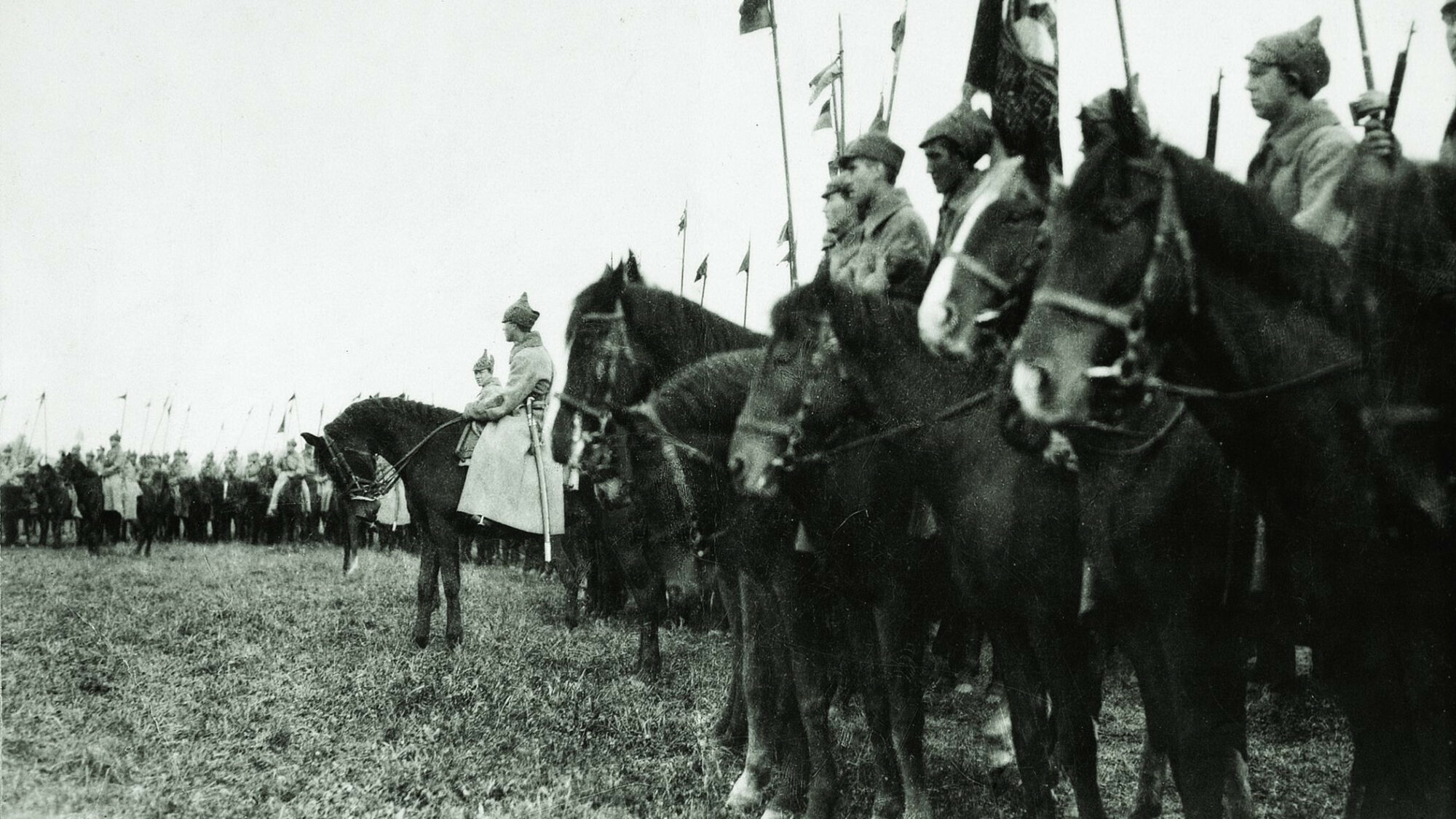
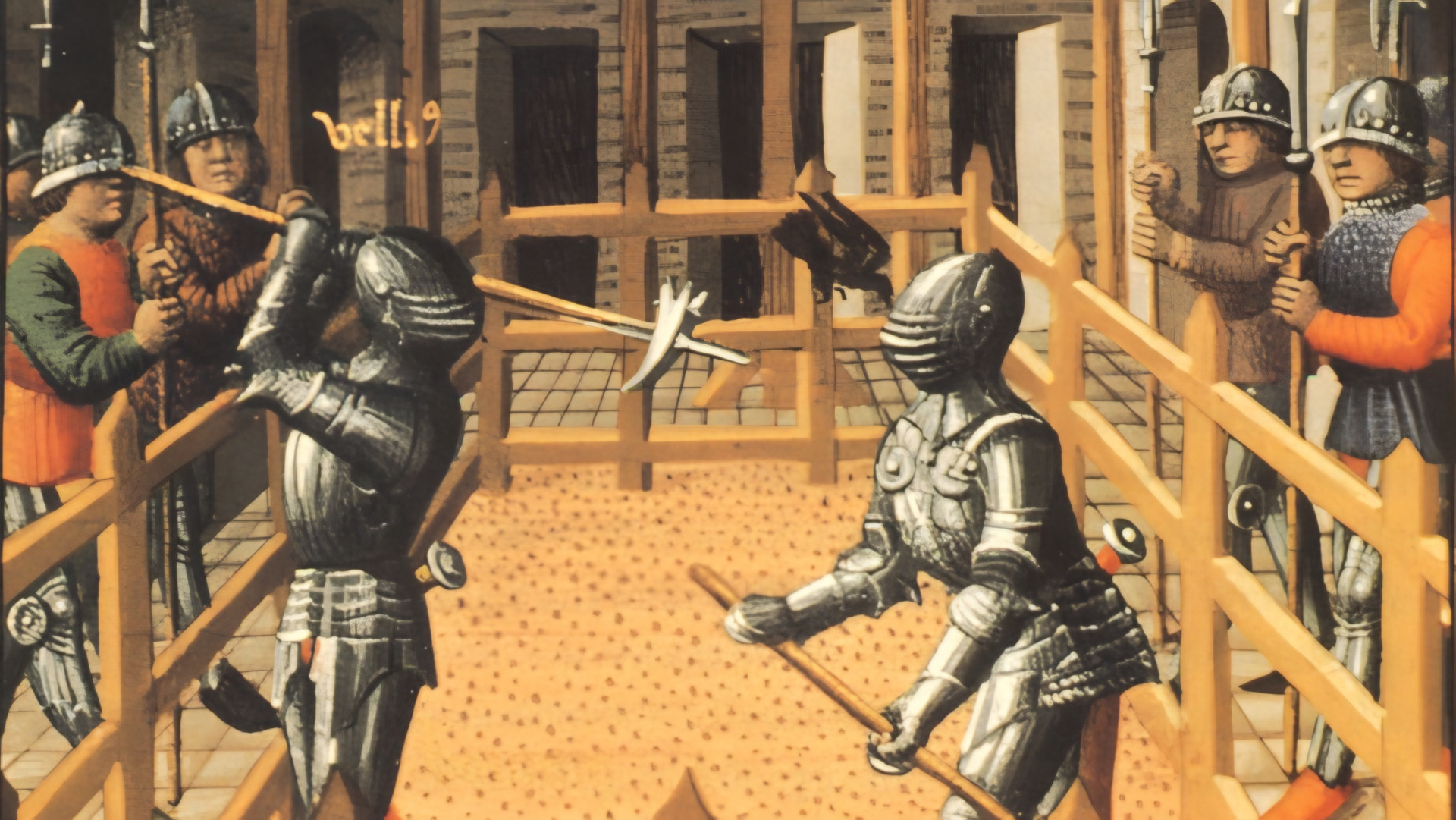
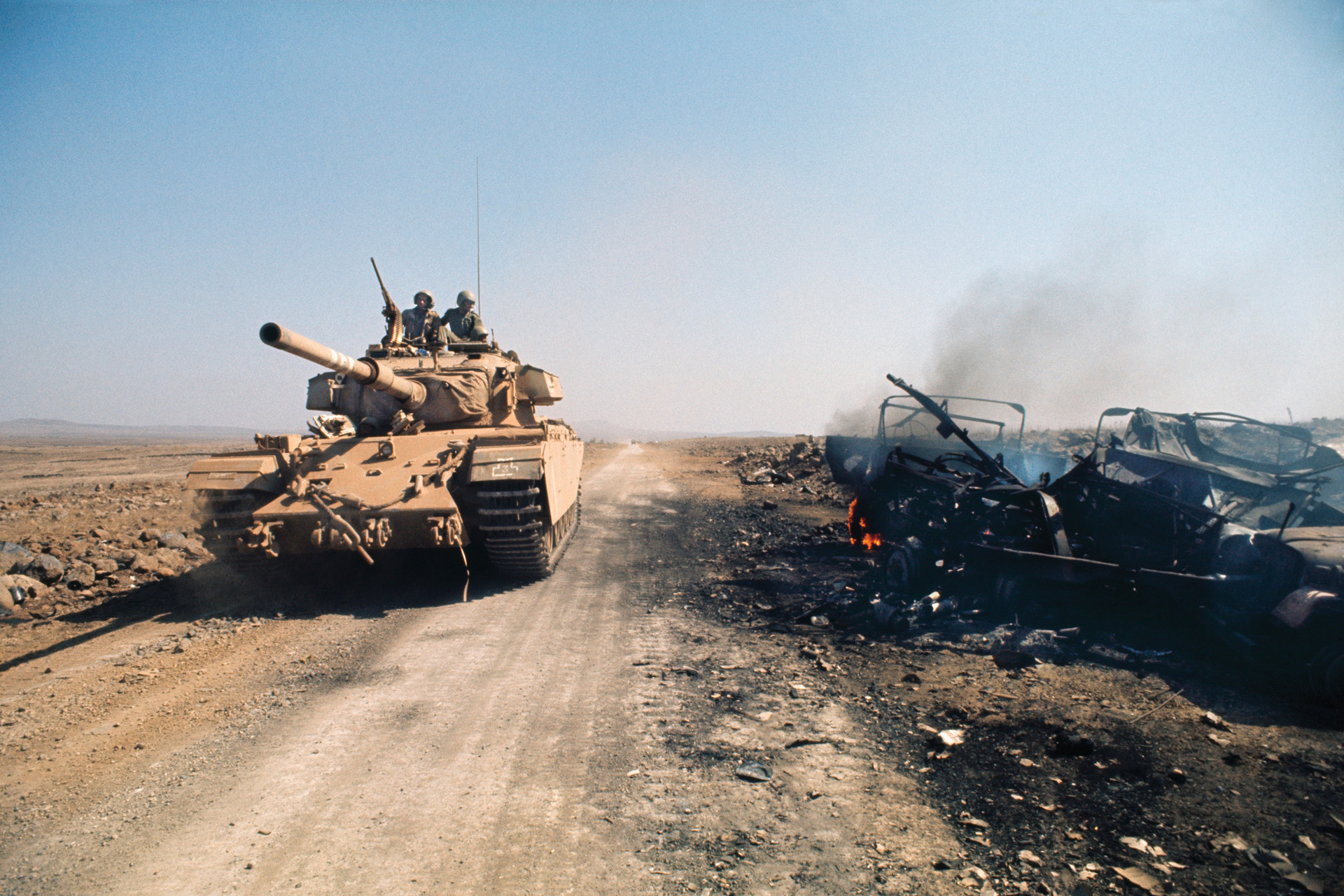
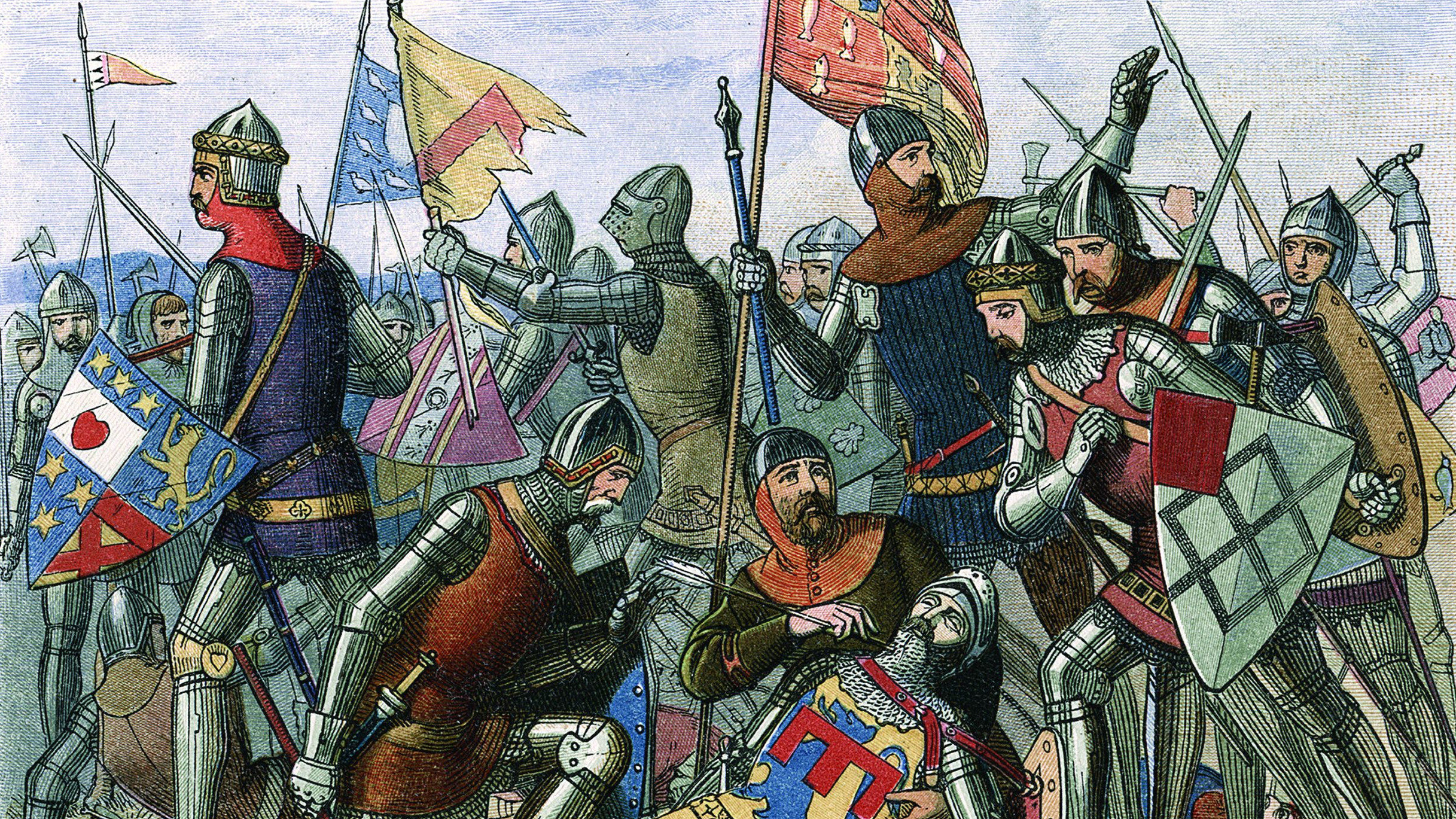

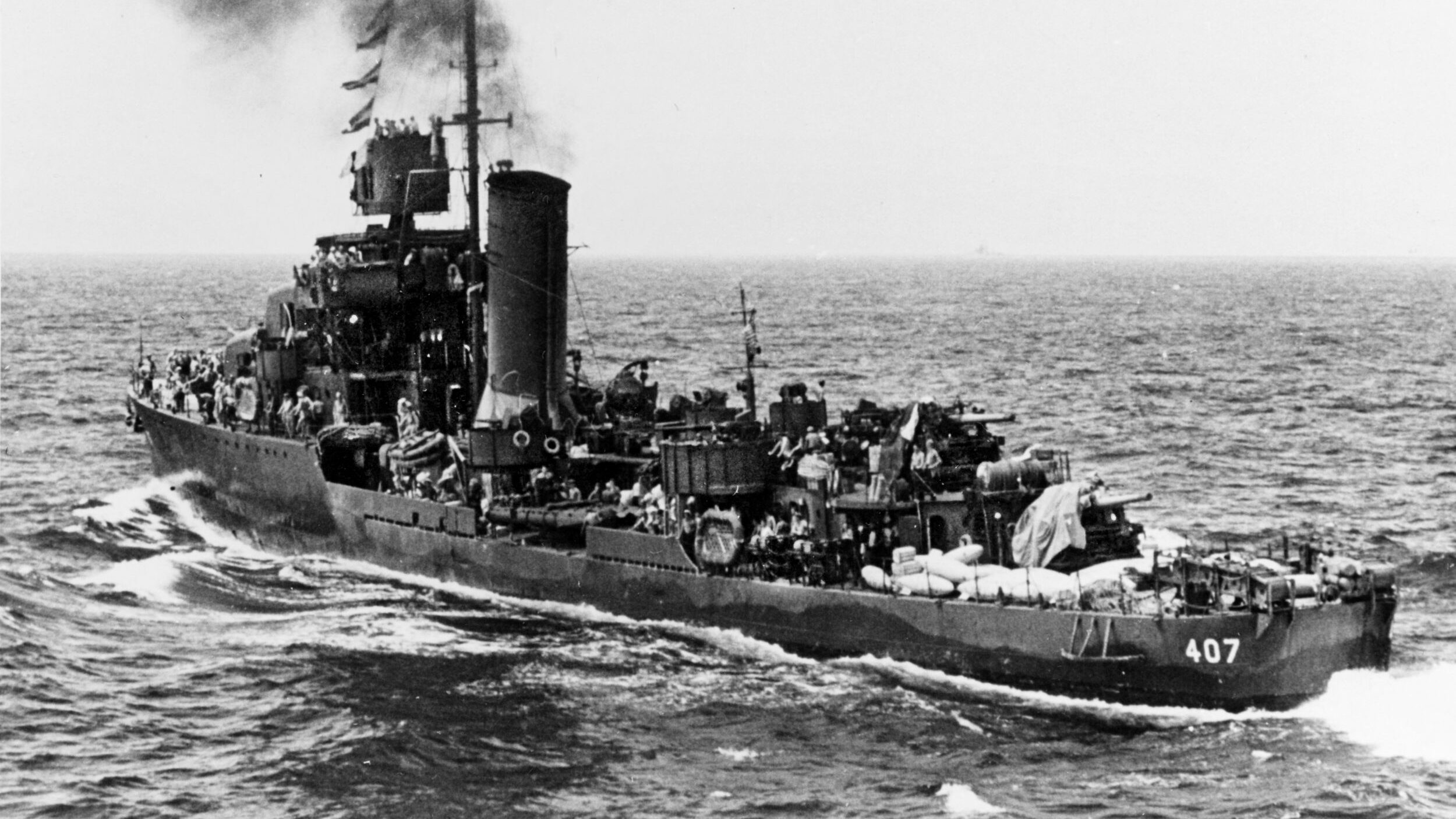
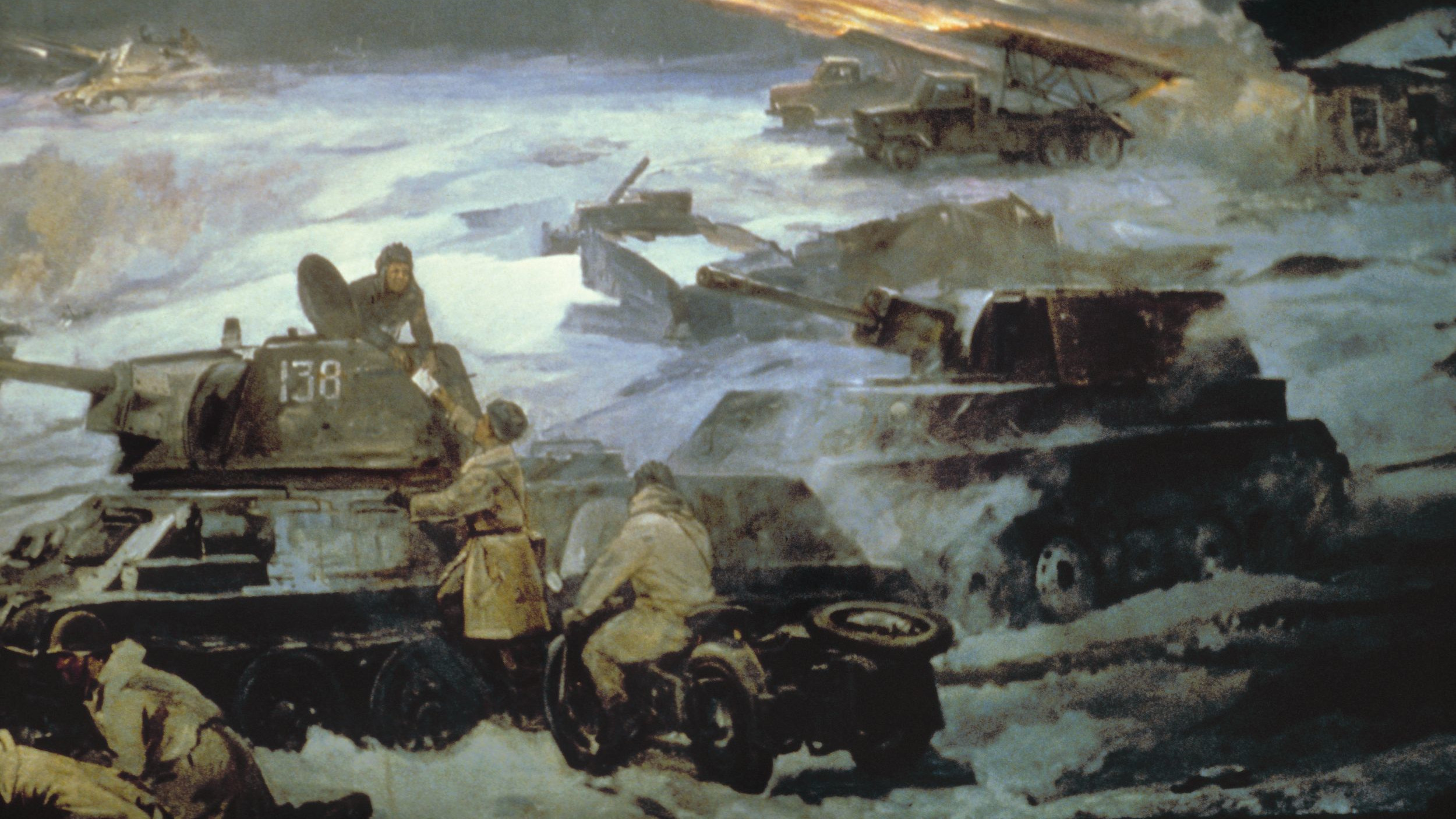
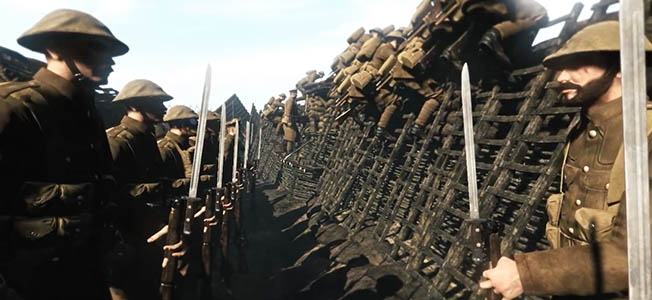
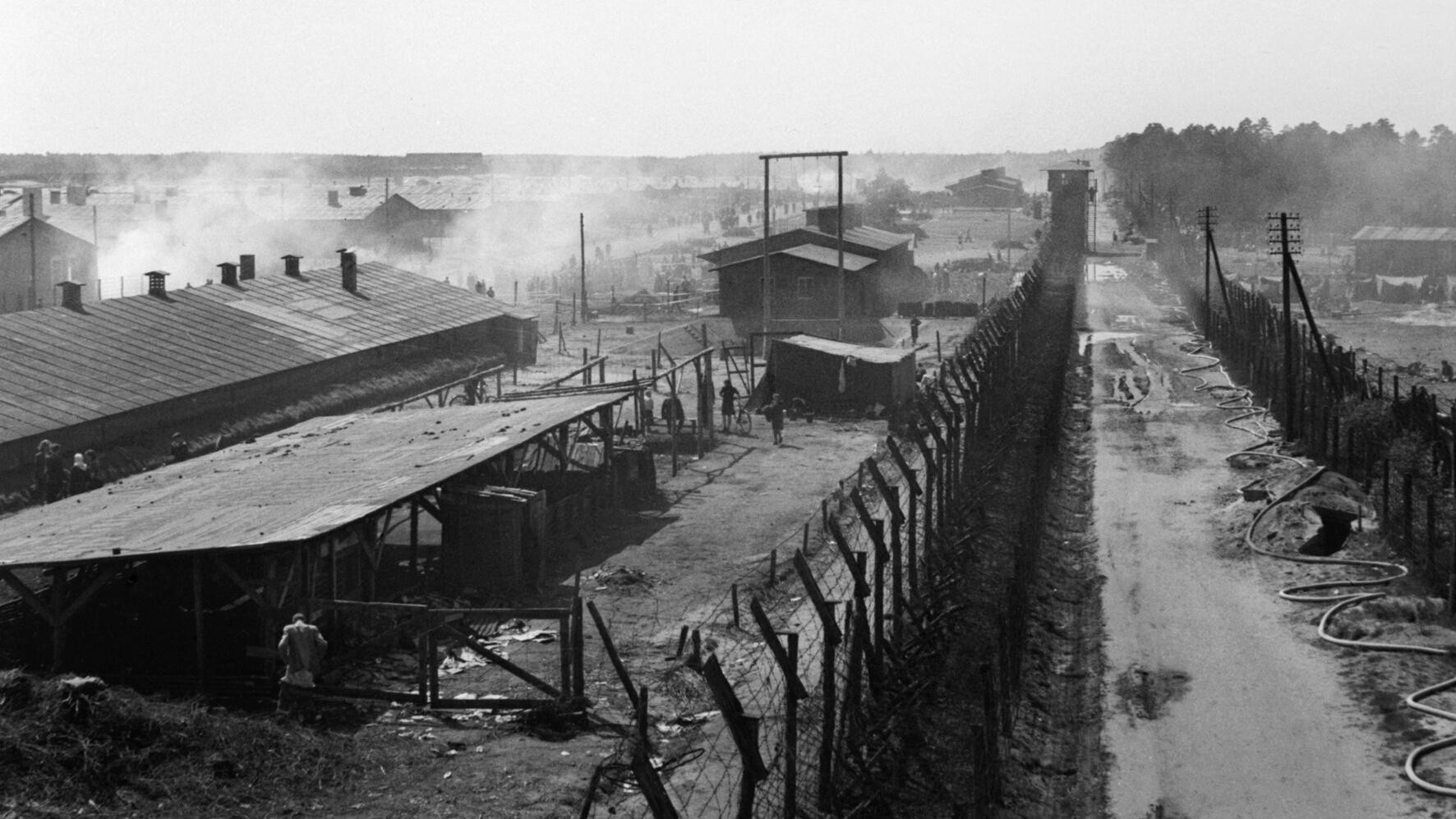
The Poles also attributed their victory to divine intervention as they kept their Chaplains while the Russians imprisoned or executed theirs. It was commonplace to hold prayer services or even a Mass prior to anticipating a large battle. Needless to say, this had a positive effect on Polish morale.